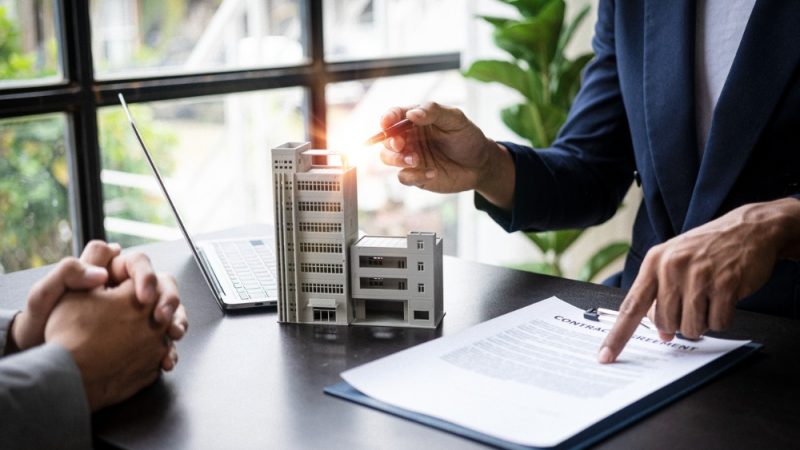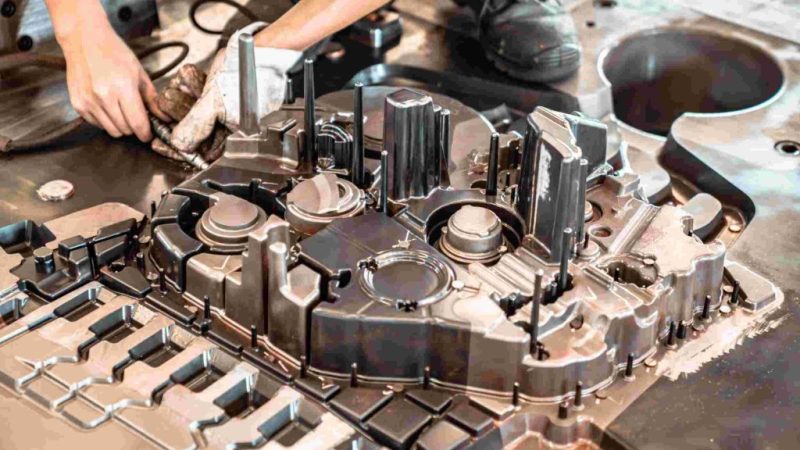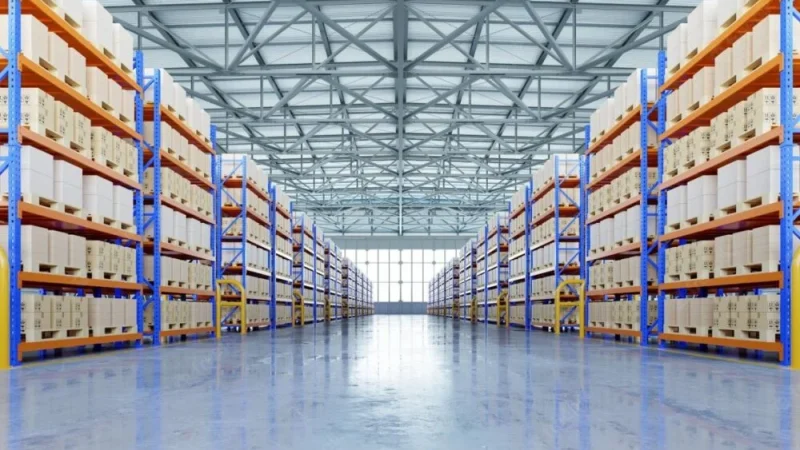How Do Data Center Architects Optimize for Energy Efficiency?

Data centers are the backbone of our digital world, powering everything from cloud storage to financial transactions. But with this vital role comes immense energy consumption. In fact, data centers account for a significant share of global electricity usage, driving a growing need for sustainable design. This is where data center architects play a critical role, developing facilities that balance performance, security, and energy efficiency.
Here’s how architects optimize data centers to use less energy while maintaining reliability.
Strategic Site Selection
The process starts before construction even begins. Location influences both energy consumption and efficiency.
- Climate considerations: Cooler regions reduce the need for intensive air conditioning.
- Access to renewable energy: Sites near solar, wind, or hydroelectric sources lower carbon footprints.
- Proximity to users: Reduces latency while minimizing energy costs for data transfer.
Choosing the right site can drastically reduce long-term operational costs.
Efficient Cooling Systems
Cooling is one of the largest energy demands in data centers, often consuming nearly half of total electricity. Architects design systems that minimize this load:
- Hot and cold aisle containment separates airflow to prevent energy waste.
- Liquid cooling systems use water or special fluids to remove heat more efficiently than air.
- Free cooling leverages outside air or natural water sources in cooler climates.
These techniques significantly cut energy consumption while ensuring servers stay at safe operating temperatures.
Smart Power Distribution
Another key focus is reducing energy losses in power conversion and distribution.
- High-efficiency UPS (uninterruptible power supply) systems minimize wasted energy.
- Direct current (DC) power systems reduce conversion losses compared to alternating current.
- Redundant but optimized designs ensure reliability without unnecessary energy overhead.
By carefully planning electrical systems, architects improve the Power Usage Effectiveness (PUE) of data centers.
Integration of Renewable Energy
Modern data centers are increasingly powered by renewable sources.
- On-site solar panels or wind turbines provide sustainable power.
- Agreements with utility providers secure renewable energy credits.
- Battery storage systems stabilize energy supply during fluctuations.
This shift not only reduces environmental impact but also protects against rising electricity costs.
Use of Advanced Building Materials
Architects also design energy-efficient structures with:
- High-performance insulation to minimize heat exchange.
- Reflective roofing materials to reduce heat absorption.
- Low-carbon concrete and recycled steel to lower embodied energy.
These elements work in tandem with mechanical systems to reduce total energy demand.
Smart Monitoring and Automation
Data center architects often integrate intelligent building management systems (BMS) to track and optimize energy use in real time.
- Sensors monitor temperature, humidity, and airflow.
- Automated adjustments reduce overcooling and wasted power.
- AI-driven analytics predict demand spikes and adjust systems accordingly.
This continuous optimization ensures efficiency isn’t just a design feature—it’s an ongoing operation.
Professional Expertise Matters
Optimizing a data center for energy efficiency requires balancing technology, architecture, and sustainability. Experienced professionals bring together engineering, IT, and environmental expertise. For example, a skilled data center architect designs with a holistic view, ensuring infrastructure supports high performance while minimizing energy waste.
Conclusion
As demand for digital infrastructure grows, so does the need for sustainable data centers. Through careful site selection, innovative cooling systems, efficient power distribution, renewable energy integration, and smart automation, architects are leading the way in energy-efficient design.







